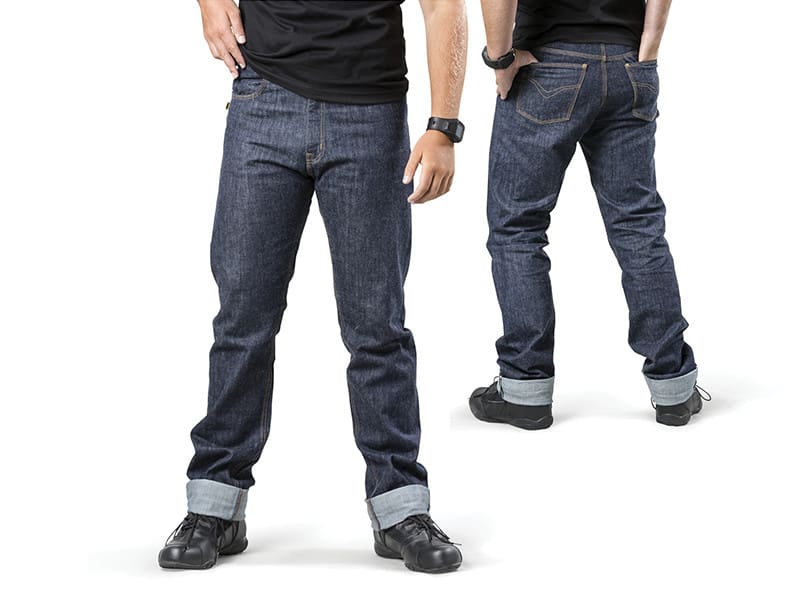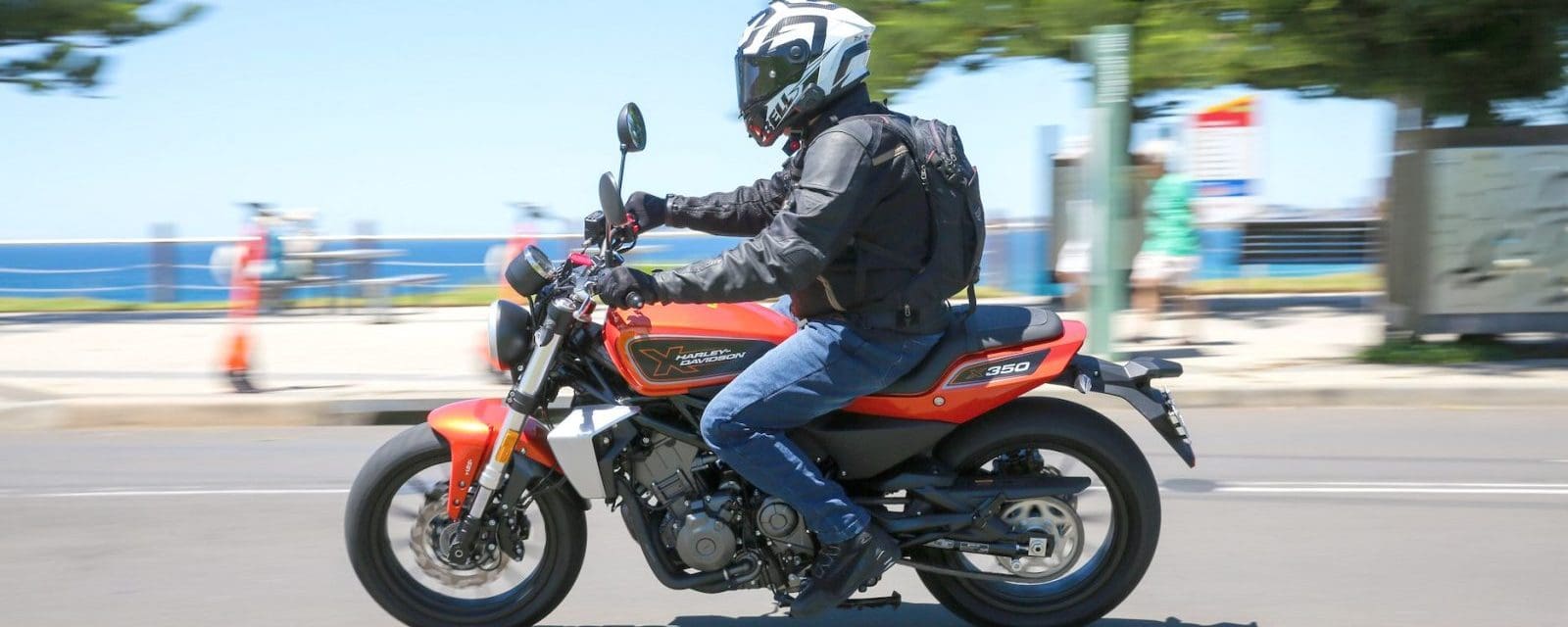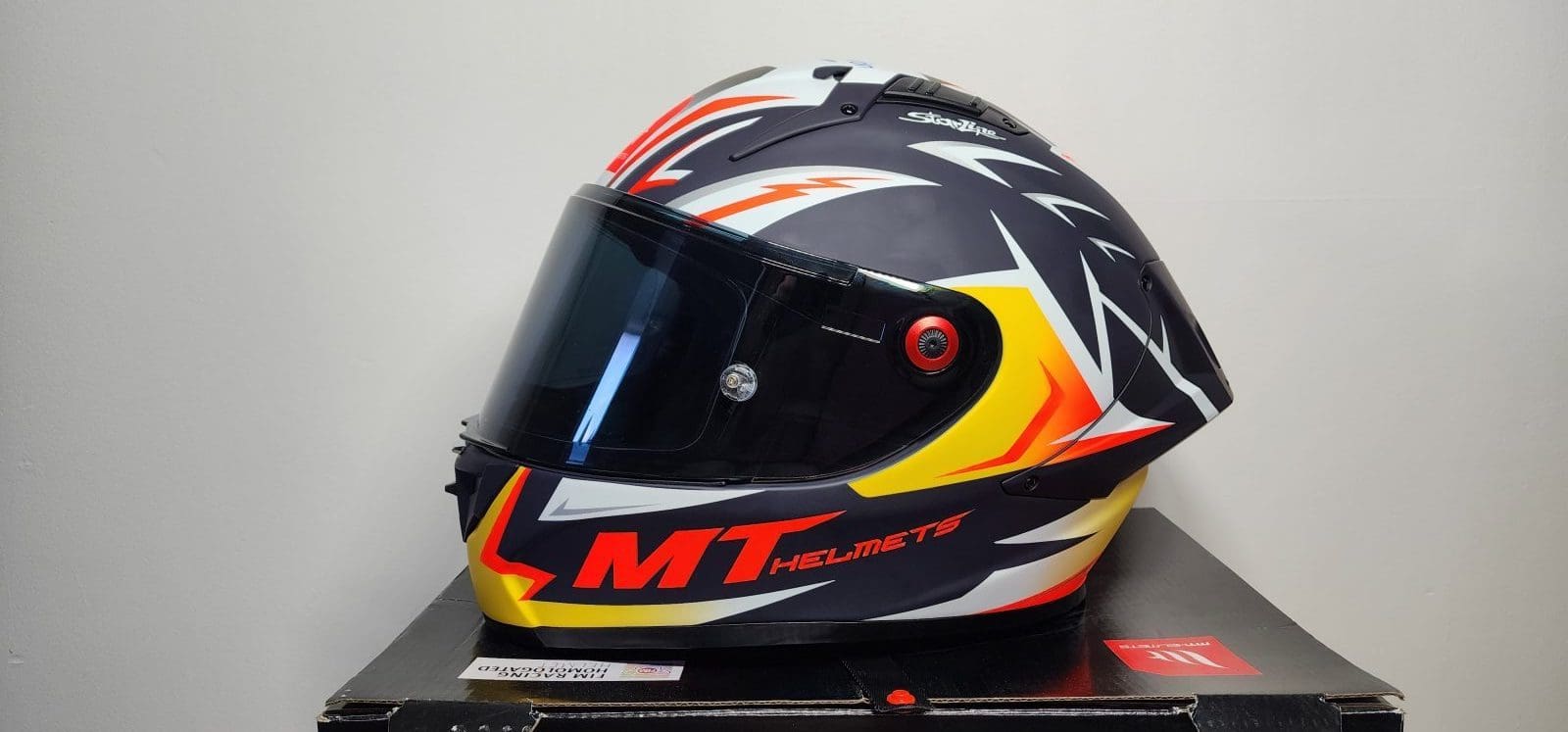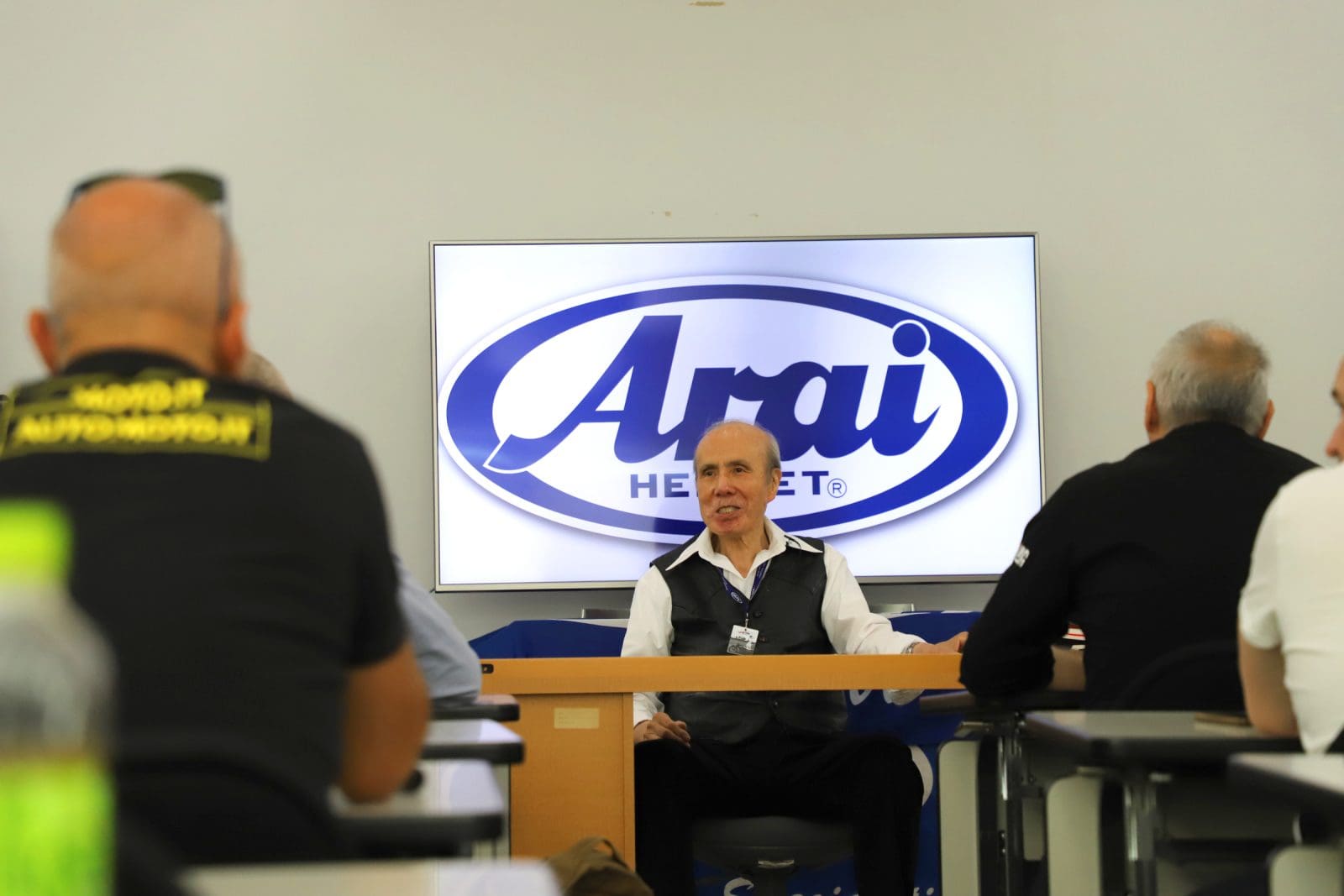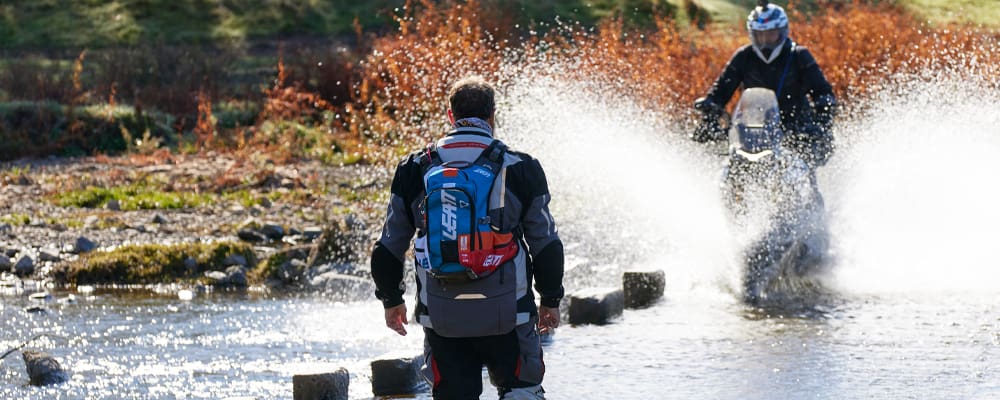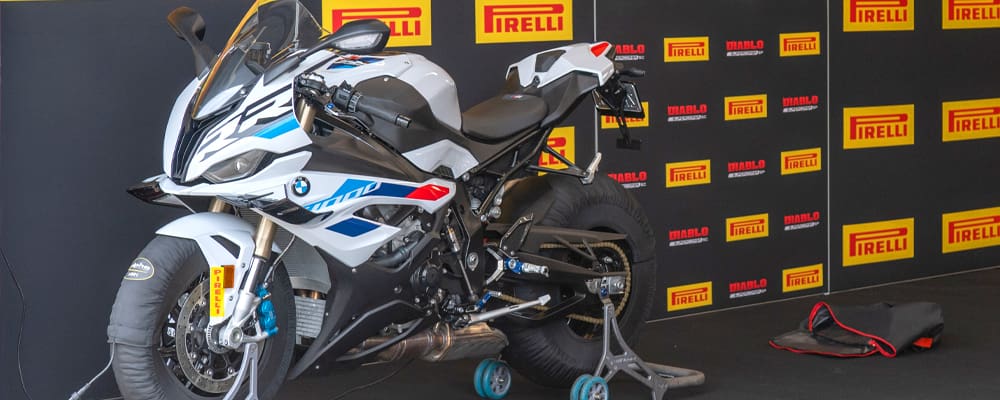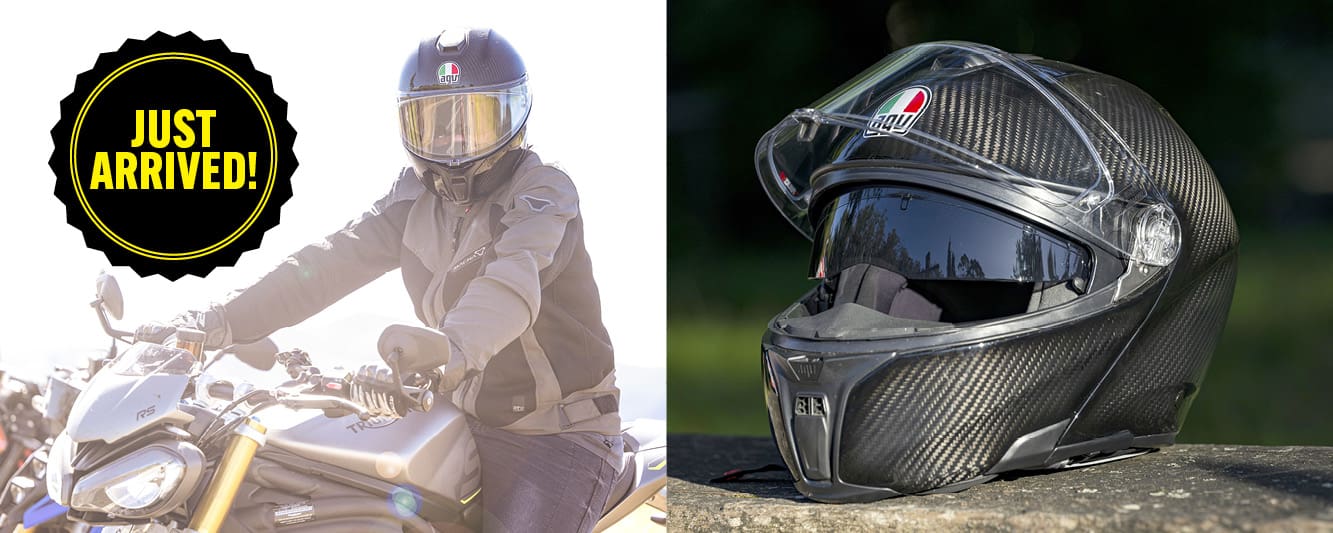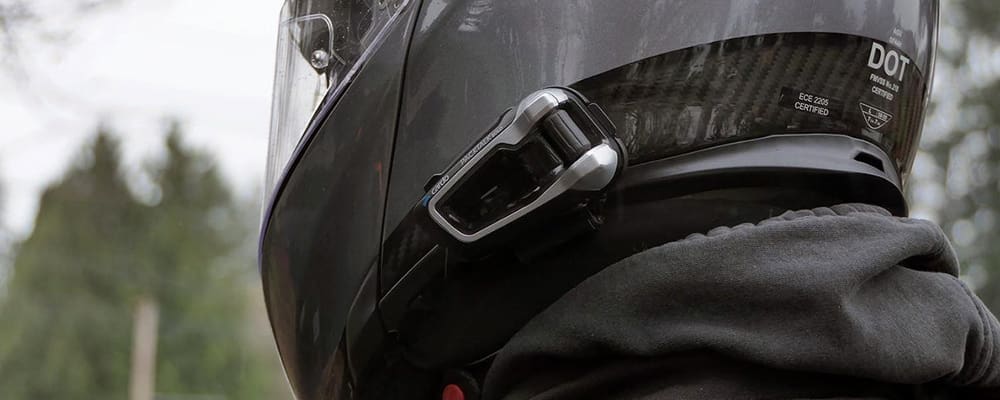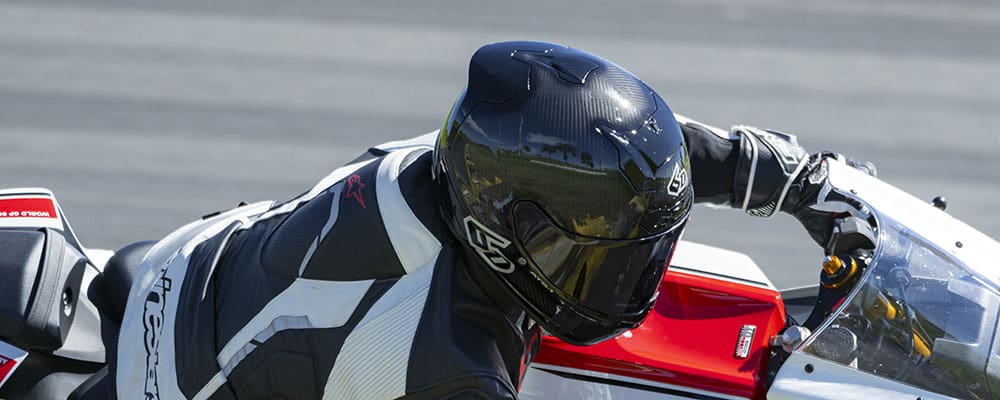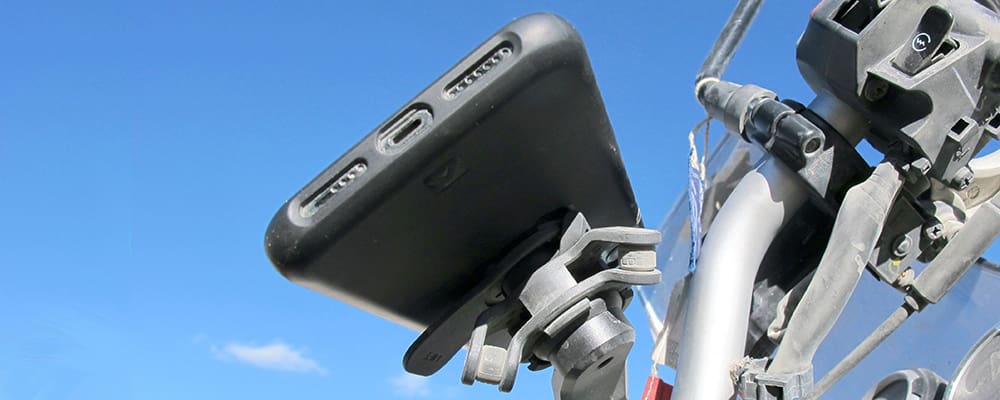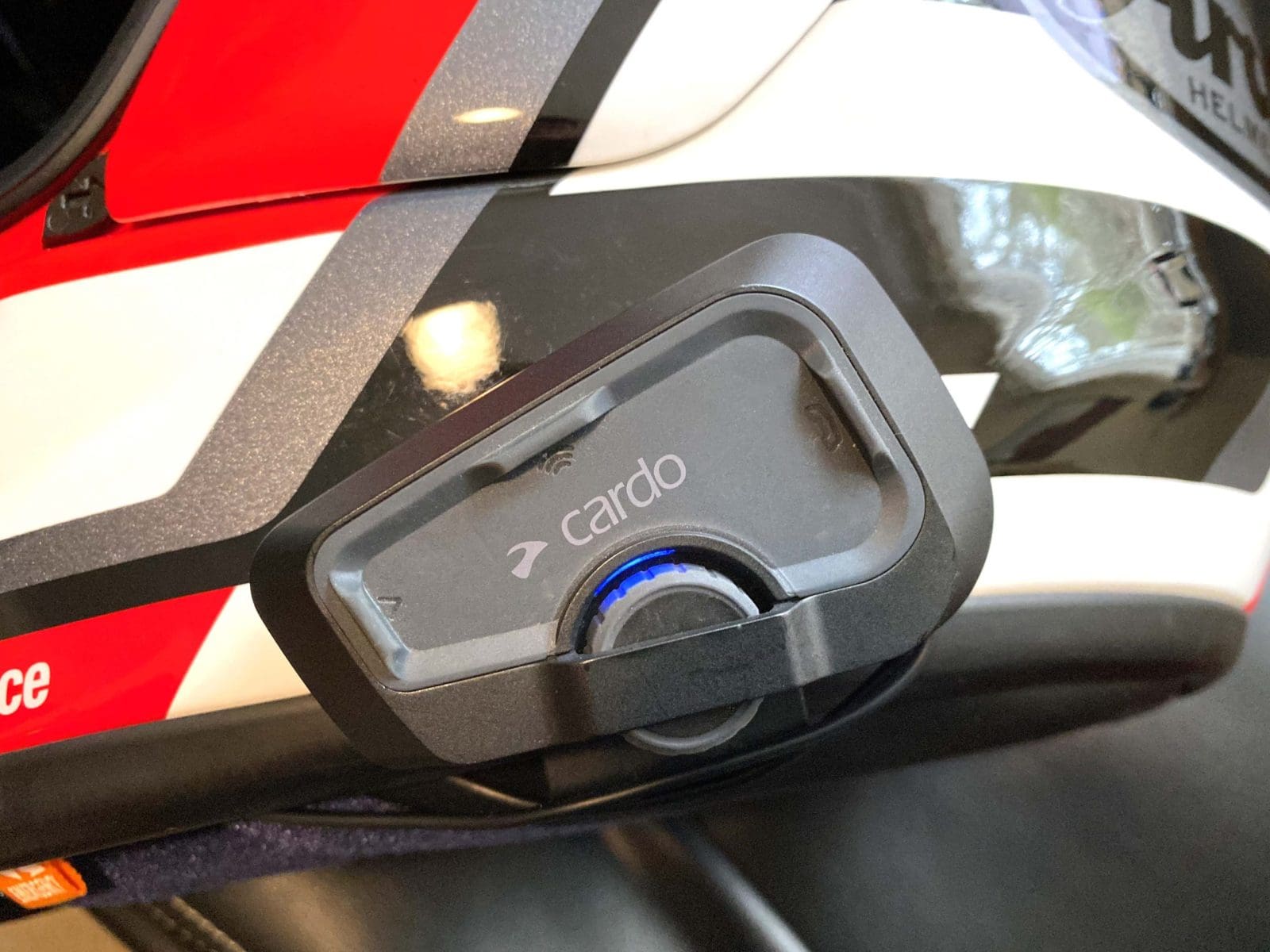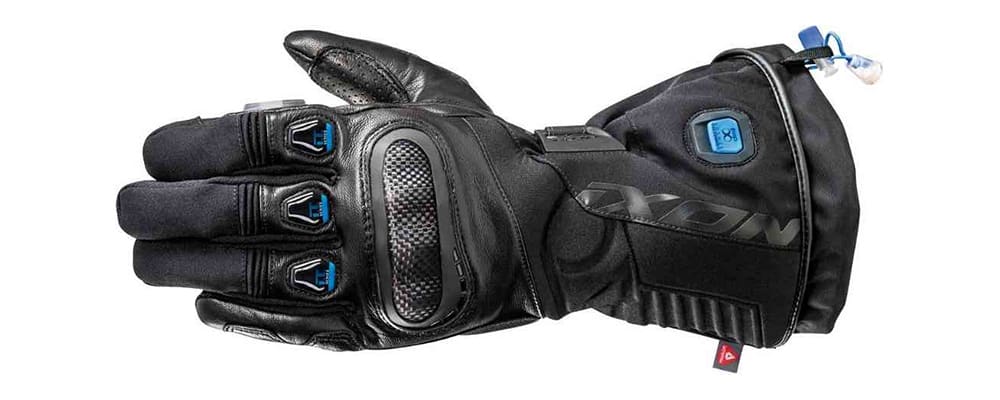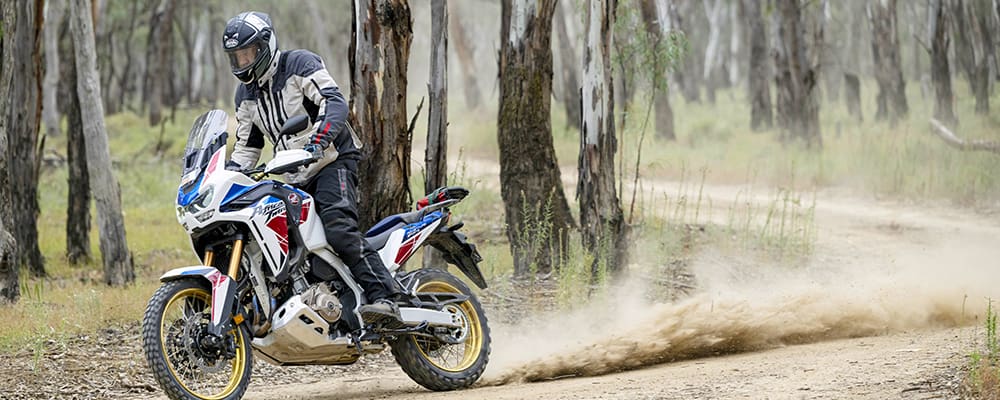Draggin has been using genuine DuPon Kevlar in its products since it first began production of its jeans back in 1997. Despite there being a number of alternative fabrics available nowadays, the company sees absolutely no reason to use anything else.
For more than 50 years, DuPont’s Kevlar has been the number one choice for strength and safety in a variety of applications across a broad range of industries. The company’s heritage and experience in the field is unrivalled, giving its customers total peace of mind and complete assurance that the product does exactly what it’s designed to do.
Well known for its use in military and law enforcement protective clothing, Kevlar is a key component in body armour and flak jackets helping to protect personnel from ballistic projectiles, explosive fragmentation and other combat hazards. Five times stronger than steel on an equal-weight basis, it offers superior protection, yet is lightweight and comfortable enough to help improve mobility and reduce fatigue in the field.
Given its effectiveness in such extreme situations, Kevlar’s use in motorcycle apparel was a natural progression and it was Draggin’s Grant Mackintosh who pioneered its use in jeans. Given his many years of experience in the field, Grant is uniquely placed to answer questions that often come up regarding the use of Kevlar in protective motorcycle wear. In the following text he attempts to address these.
Q: Any jeans advertised as made with Kevlar are going to protect me, right?
“Not necessarily,” says Grant. “Unfortunately there are some poor imitators out there using the Kevlar name for a fibre that is absolutely not made by DuPont. We have developed our own lining, while many others just call up the factories in the Far East and ask for Kevlar, but they can’t guarantee what they are getting. Worryingly, some of them just use yellow cotton while others are actually flammable. The only way to be sure is if they have the DuPont logo on the label. I’m proud to say that we were the first motorcycle jeans manufacturer to pass strict DuPont criteria to attain a licence agreement and we were also the world’s first DuPont Preferred Licensee for motorcycle garments.”
Q: I was told that during a slide, Kevlar jeans can get very hot and either burn or melt onto the skin. Is this true?
“DuPont Kevlar has no melting point, so there is zero chance of it melting onto the skin,” explains Grant. “As far as heat goes, perhaps in some brands of riding jeans there may be an issue with heat transfer – it depends on the fabric and whether a liner is incorporated. Our knitted fabric, for example, produces a soft material in which the loop of the fabric faces the road. This is more than twice as effective at dissipating heat and resisting abrasion as a flat weave and also results in faster deceleration. Add to that an internal lining and you’ve got all the protection you’ll need from both heat and abrasion.”
Q: I read on the internet that Kevlar degrades through hydrolysis. Does that mean I can’t wash my jeans?
“This is yet another unsubstantiated claim,” says Grant. He goes on to explain, “DuPont itself says that fabrics engineered with Kevlar can easily be washed at high temperatures and tumble dried. In its Kevlar technical booklet it clearly states that there is no degradation to performance of the material due to water exposure – tests have even been carried out where Kevlar was submerged in ocean water for 12 months and no degradation occurred”.
Q: It’s a fact that UV degrades Kevlar. That’s surely bad news for my jeans?
“Everything is susceptible to degradation from UV exposure,” says Grant. “House bricks, car paint, and yes, Kevlar, but that doesn’t mean your jeans are going to be useless after a summer’s riding. I don’t know about other brands of motorcycle jeans that use, say, Vectran for instance, which is well known to have very low UV resistance, but from evidence we’ve collected so far on our own products we’ve been really surprised by what we’ve found. We recently had a pair of 11 year old Draggin jeans returned to us for data collection after they protected the rider in a crash. The incredible thing is that they actually tested 30% better than when new and had most certainly been washed, worn with bent knees, rained on, sweated in and worn in the summer sun in Australia for over a decade,” he reveals. “It’s really exciting and with our lab tests we are seeing similar improvements in performance with intense washing, drying and retesting. We continue to have fun figuring out and pushing the science behind it!”
